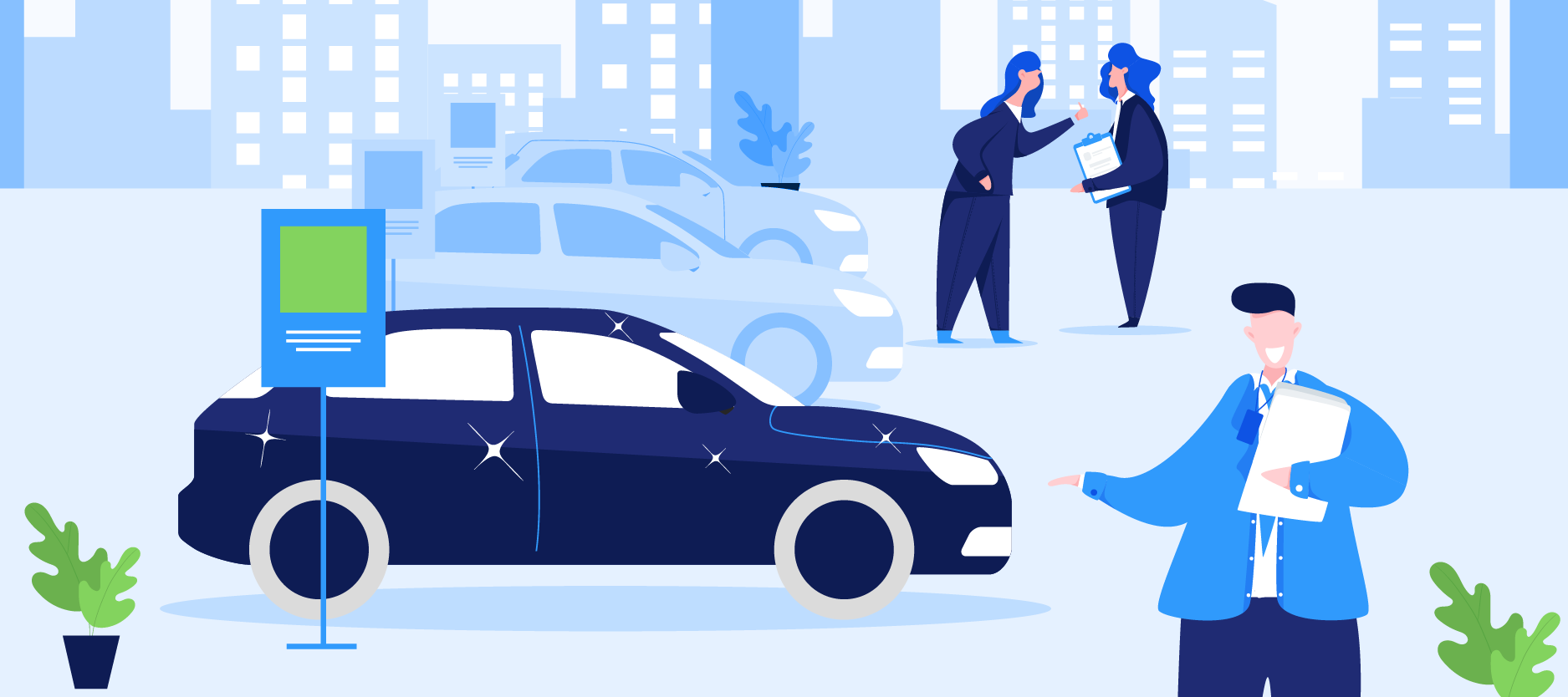In the competitive landscape of automotive sales, the digital presence of car dealerships plays a crucial role in attracting and converting customers. With consumers increasingly turning to the internet to research and purchase vehicles, having a high-converting car dealer website is essential for staying ahead of the curve. In this article, we'll explore a range of effective strategies that car dealerships can implement to optimize their online platforms and drive sales.
1. User-Friendly Design
The foundation of a successful car dealer website begins with a user-friendly design. Ensuring intuitive navigation, clear calls-to-action, and mobile responsiveness are key factors in creating a positive browsing experience for potential customers. By prioritizing usability and accessibility, dealerships can keep visitors engaged and facilitate seamless interactions that lead to conversions.
2. High-Quality Imagery and Videos
Visual content is paramount when it comes to showcasing inventory and enticing customers. Investing in high-quality imagery and videos that highlight the features and details of each vehicle can significantly enhance the appeal of a car dealer website. By providing comprehensive visual assets, dealerships can build trust and confidence in their offerings, ultimately driving more leads and sales.
3. Comprehensive Inventory Listings
Transparency is crucial in the automotive industry, and providing detailed inventory listings is essential for gaining the trust of potential buyers. Car dealer websites should include comprehensive information about each vehicle, including specifications, pricing, and availability. Additionally, offering search filters and sorting options can help streamline the browsing process and make it easier for customers to find the perfect car.
4. Interactive Tools and Features
Engaging customers with interactive tools and features can further enhance the user experience and increase conversions. Incorporating tools such as payment calculators, trade-in estimators, and virtual test drives can empower customers to make informed decisions and take the next steps towards purchasing a vehicle. By providing valuable resources and assistance, dealerships can nurture leads and drive them towards conversion.
5. Personalized Customer Support
Exceptional customer service is a hallmark of successful car dealerships, and this extends to the online realm as well. Offering personalized support options, such as live chat assistance and email inquiries, can help address customer questions and concerns in real-time. By providing prompt and helpful assistance, dealerships can build rapport with potential buyers and guide them through the purchasing process.
6. SEO Optimization
To ensure maximum visibility and reach, car dealer websites must be optimized for search engines. Implementing effective SEO strategies, such as keyword optimization, meta tags, and local SEO tactics, can help improve the website's ranking on search engine results pages (SERPs) and attract organic traffic. By consistently optimizing content and staying abreast of search engine algorithms, dealerships can increase their online visibility and drive more qualified leads to their website.

7. Regular Updates and Maintenance
Maintaining a car dealership website development is an ongoing process that requires regular updates and maintenance. From adding new inventory and promotions to optimizing performance and security, staying proactive in managing the website is essential for ensuring its effectiveness and relevance. By dedicating resources to website maintenance and monitoring, dealerships can uphold a professional online presence and continue to drive conversions over time.
In conclusion, implementing these strategies can help car dealerships create high-converting websites that drive sales and deliver exceptional customer experiences. By prioritizing user-friendly design, high-quality content, interactive features, and ongoing optimization, dealerships can stay ahead of the competition and maximize their online success.




.jpg)
Comments